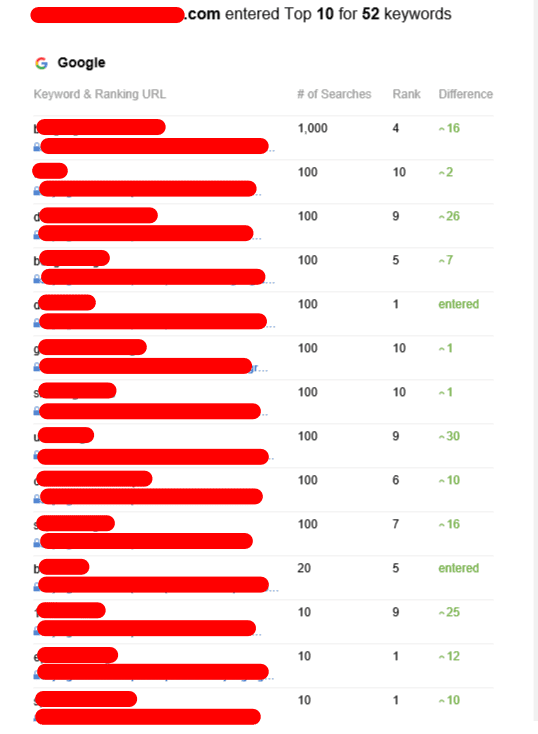A Proactive Rant About Tier Backlinks

Tiered Link Building Strategy
Tiered link development is a method of improving the SEO of a website by utilizing multiple levels of backlinks. It's a great way of reducing the chance of a penalty by Google when done correctly.
Google's spam team could detect the tactic and penalize a site. Therefore, it is crucial to mix up the links in each tier in order to avoid leaving footprints that could be identified by Google.
First tier links
Tiered link building can be an effective method to increase the visibility of your website in search engines. Tiered linking remains effective despite recent changes to Google's algorithm. It's important to keep in mind that tiered linking should only be used as part of an overall SEO strategy. Google may disqualify you if it doesn't.

The first layer of links in a tiered link building process is the most crucial, as they pass the most juice to the website. This link juice is crucial in increasing a website's keyword rankings and improving its domain authority (DA). The quality of backlinks from Tier 1 is important, as they must be passed on to Tiers 2 and 3.
In addition to boosting your keyword rankings, tier 1 links can aid in generating more referral traffic. For instance, if one of your tier 2 level 3 or 4 backlinks receives 500 visits per month, that number will double if it clicks through to visit your site. This will increase number of visitors and converts.
Creating Tier 1 links requires a amount of time and effort. It's best to create them on sites that have an excellent authority and DA. This will stop your site from becoming a web-based spam hub, and makes your tier-one links more efficient.
Second-tier links
Link building in tiers is an effective SEO technique that can help websites gain authority on search engines. It also increases organic rankings which, in turn, increases the amount of traffic and revenue. The key to success is to build a diverse link profile as well as avoid spamming. However it can be challenging to find quality sites to build links from. Second tier links are high-quality backlinks that originate from other sites and will lead to your website.
For example, if you're building a tiered linking strategy for your blog, you could post an article on a different site which has a link to your blog. This strategy will allow you to get backlinks on sites which are moderated more often for example, like Wikipedia. This kind of link building allows you to improve your site's rank without damaging your site's credibility.
Links from the second tier can be used to boost the value of primary links. For instance, a page on site C points to both A and B, which both point to the site of the target. The cumulative effect of all these links improves the power of the search engine, making this technique more efficient than merely primary backlinks.
Although third and second- tier backlink s tend to be higher quality than the first-tier ones but they shouldn't be used to replace an effective SEO strategy. To avoid being detected by Google it is important to follow strict guidelines and limit your number of backlinks that are low-quality.
Third tier links
If you're looking to boost your website's SEO, tiered link building is an excellent option. It helps you cushion the effect of bad backlinks by dispersing them to lower-tier websites. It can also allow you to create high-quality backlinks which will boost your search engines rankings. But, it's essential to use white hat tiered links in order to avoid being penalized by Google.
The first layer consists of links to websites that are relevant to your field. These could be blogs, forums, or discussion boards. You should also try to include web 2.0 hyperlinks in this tier as they are more likely to have higher authority than other types of hyperlinks. These types of links are typically created on multiple websites but it is best to stick with high-quality websites.
Tiered link building has been an effective strategy for many SEO agencies, but it's become more difficult to implement since Google has released a number of updates to combat spammy techniques. To be successful, you need to be aware of the concept of link equity and use it to your advantage.
If it is not done correctly If not done correctly, tier-based link building could be risky. This could result in an Google penalty, which could have serious implications for your business. There are ways to make the method more ethical. For instance, you could using guest blogging to create Tier 2 links.
Fourth-tier links
Link building in stages is a highly effective SEO strategy. It is important to keep in mind that this is a long-term approach that requires patience and planning. Utilizing the wrong strategies can result in negative outcomes that you'll regret later. Tiered link building should be utilized together with on-page optimization, social media marketing and other strategies.
Tiered link building is the process of building backlinks that come from multiple sources, and each of them directs their link juice towards a different page of your site. These links are called tiers and each tier has more weight than its predecessor. A website's site could have 300 links from the third tier that then direct their link juice towards 50 pages in the second third tier. These pages eventually link to the top web page, thereby increasing the rank of the site.
Although the concept behind tiered linking seems simple but small businesses that lack the resources to implement it may be frustrated and take a long time. Furthermore, the implementation of this technique can also cause a myriad of problems that may be difficult to resolve once they arise. For example when you create PBN links directly to your site and Google notices this, it can penalize your site or even take it off it from SERPs entirely.
If you follow the best practices for building your tiered links, they is a viable and profitable option. It is crucial to create quality links for your Tiers, and not bogus ones.
